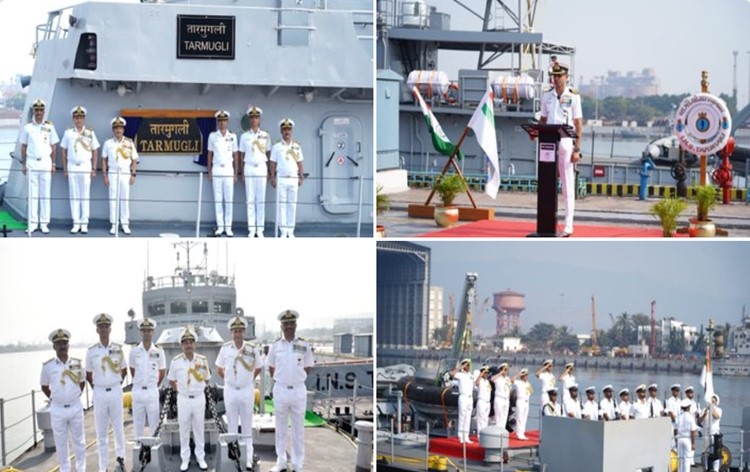Free Courses Sale ends Soon, Get It Now


Free Courses Sale ends Soon, Get It Now



Disclaimer: Copyright infringement not intended.
Context
INS Tarmugli, a Fast Attack Craft has been commissioned into the Navy at a ceremony held at Naval Dockyard, Visakhapatnam.
Details
About Trinkat-class patrol vessels
Role:
Ships in Class:
Replacements:
Recent Developments:
About FAC
Design and Characteristics:
Roles and Missions:
Global Use:
Conclusion
The Trinkat-class and its replacements, the Car Nicobar-class patrol vessels, signify India's commitment to maritime security, exemplified by their roles in various critical operations in coastal regions and EEZs. The recent recommissioning of INS Tarmugli is a testament to the Navy's consistent efforts in bolstering its fleet for national defense and coastal security.
|
PRACTICE QUESTION Q. Elaborate on the strategic significance of Fast Attack Craft (FAC) in the Indian Navy's fleet and their role in bolstering coastal defense. Discuss the operational capabilities and technological advancements of Fast Attack Craft in enhancing India's maritime security. (250 Words) |
© 2024 iasgyan. All right reserved